Process art is one of my favorite types of preschool art projects to do with the kids.
Process art is a style of art that focuses only on the task of creating art, not what the actual artwork looks like. Even though we are primarily focused on the process of creating, the final product that comes from this type of project typically ends up being a cute and happy accident!
Let’s take a look at what process art is and how beneficial it is for kids of all ages.
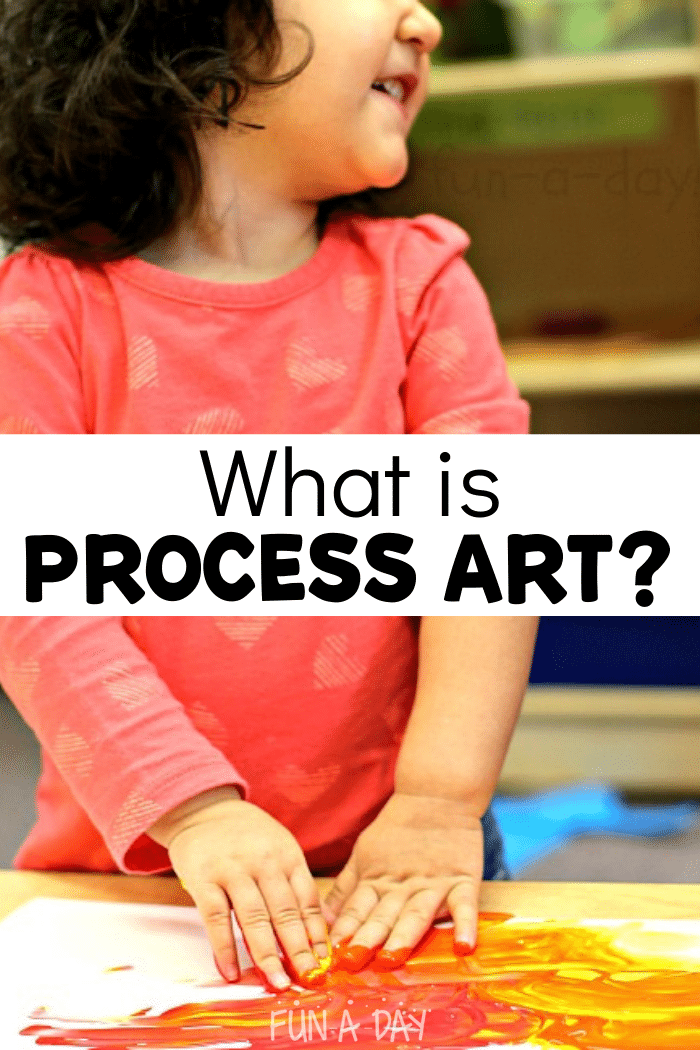
I have had some amazing discussions with coworkers and other educators about process art for kids. And I am a BIG fan of open-ended art experiences for kids.
So I’m excited to share some of that information here. I’d love to hear about your thoughts on the topic in the comments below.
What is Process Art for Kids?
Process art is a contemporary artistic movement recognized within the world’s art communities.
The Guggenheim states,
process art emphasizes the ‘process’ of making art.
The MOCA (Museum of Contemporary Art) points out,
in process art, the means count for more than the ends.
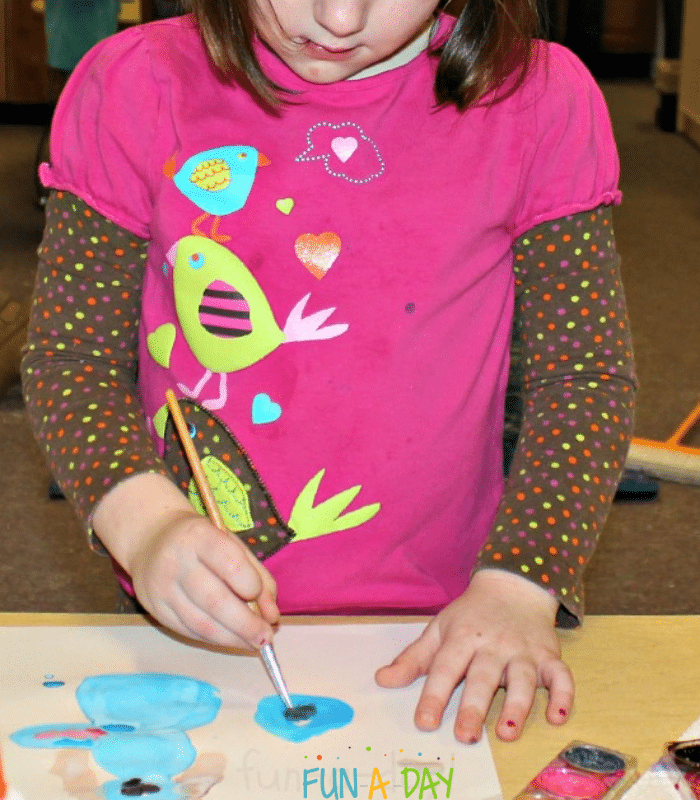
Related: Watercolor Art for Kids
These definitions apply directly to kids too!
Process art is all about the experience the children have while they’re creating.
If it has a nice end product, that’s great, but the end product isn’t the focus of the art.
Ask yourself the questions below if you’re unsure. If the answer to either is “YES!” then it is not a process art activity.
- “Will I be upset if the end result doesn’t look a specific way?”
- “Do I have a preconceived notion about what the end result ‘should’ look like?”
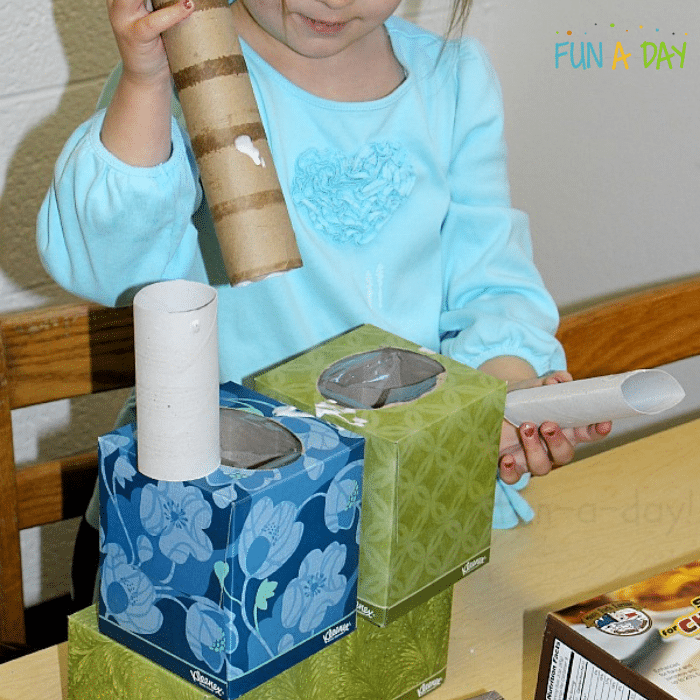
Related: Cardboard Castles Recycled Art Project
Benefits of Process Art for Preschoolers
Children learn through play and open-ended activities. It allows them the chance to explore the world around them, ask questions, and see how things work.
Process art fits in with how children learn because it allows them room to be themselves, make their own decisions, and just create!
Below you’ll find some of the learning that can take place via process art activities:
- Fine motor skills
- Gross motor skills and coordination
- Sensory exploration
- Literacy
- Math
- Science
- Language
- Art history
- Creativity and self-expression
- Art techniques
- Risk-taking
- Spatial reasoning
I just want to point out that the above list is by no means exhaustive. AND these benefits apply beyond the preschool years.
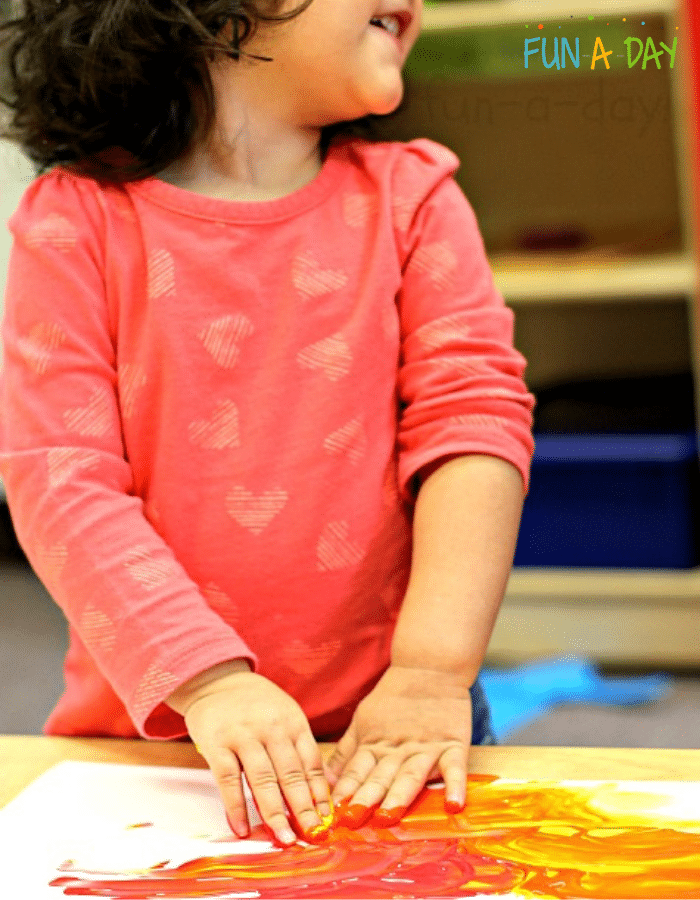
Related: Winter Process Art
Crafts Versus Process Art
It’s sometimes assumed (by parents and teachers alike) that young children will always produce cute crafts to bring home.
There’s nothing wrong with crafts – they can help improve fine motor skills, as well as listening skills, and many children really do enjoy them.
Crafts focus more on a specific end result, though, leaving children little or no room to deviate from the plan. At the end of a craft, each child’s piece will look almost identical to every other child’s piece.
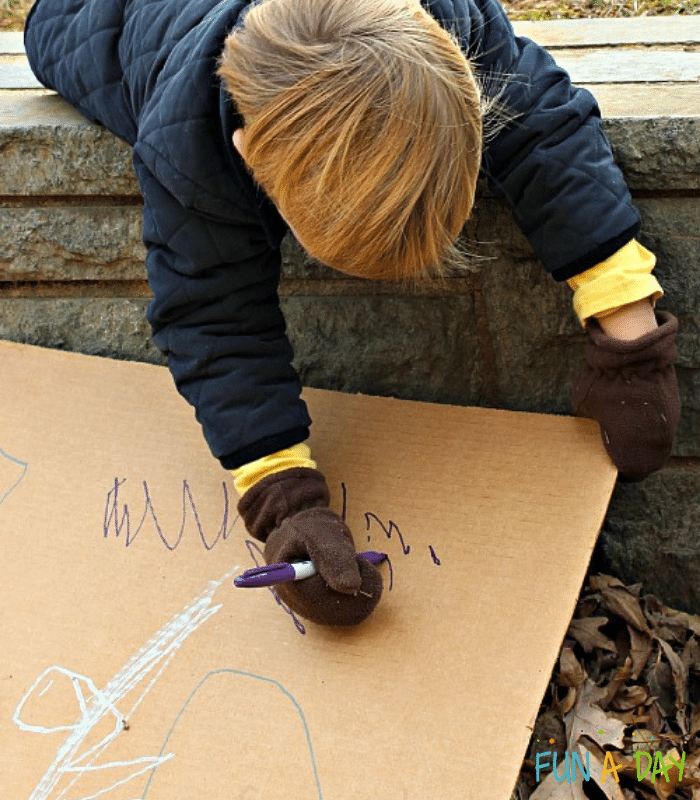
Additionally, crafts put more of the preparation and “work” on the teacher’s shoulders.
Process Based Art Based on Crafts
You can most definitely “translate” crafts into more process-based art activities.
For example, maybe your class is learning about caterpillars and you’d like to make a caterpillar craft. The craft would use three green circles, along with two white construction paper eyes placed only on the head, with two yellow antennae that must be affixed in only one place.
Why not just grab the materials you were planning on using, sit down with a small group of children (or just one child), and say, “Let’s make a caterpillar! How can we use these green circles to make a caterpillar?”
Yes, some of the caterpillars will have a body made of 10 circles, while others will just be made of 1 circle. Some caterpillars might have 5 eyes all placed on the caterpillar’s stomach, and the antennae might be bent the wrong way.
You can give the children the same general materials you would have used for the craft, but let the kids direct the creation. You’ll still have caterpillars . . . they’ll just have more personality!
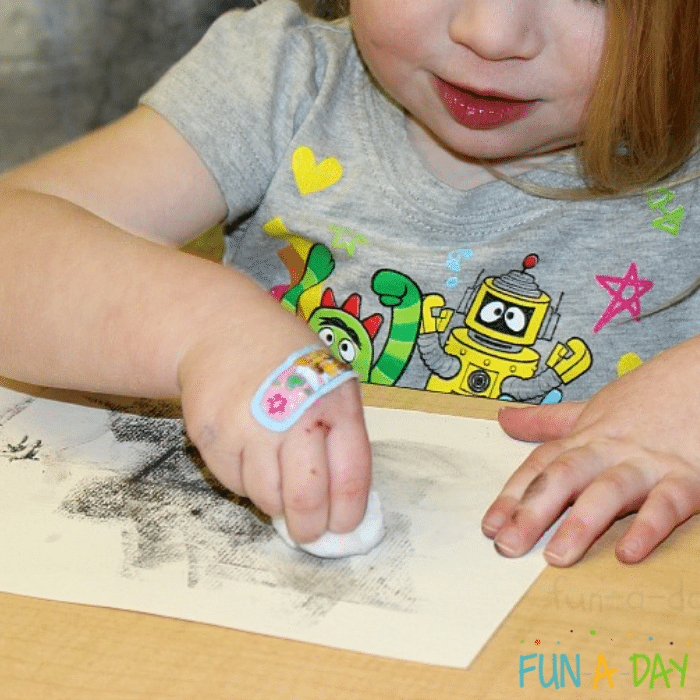
Related: Benefits of Messy Play
In its purest form, though, process art isn’t focused on an outcome at all.
Personally, I like incorporating completely child-driven art into my preschool class every day.
I also plan process-based art activities that have a general outcome, like my students’ cookie cutter snowmen. While that isn’t 100% process art, I like how such activities connect kids to books we’ve read or themes we’ve investigated.
Getting Started
If process art isn’t something you’re entirely comfortable with, start slowly! It doesn’t need to be a super complicated activity.
It just needs to be open-ended, with more attention paid to HOW the art is created (rather than WHAT you want the art to look like).
Begin with items like crayons, pencils, or markers. Items that are familiar to both you and your students will make the transition easier.
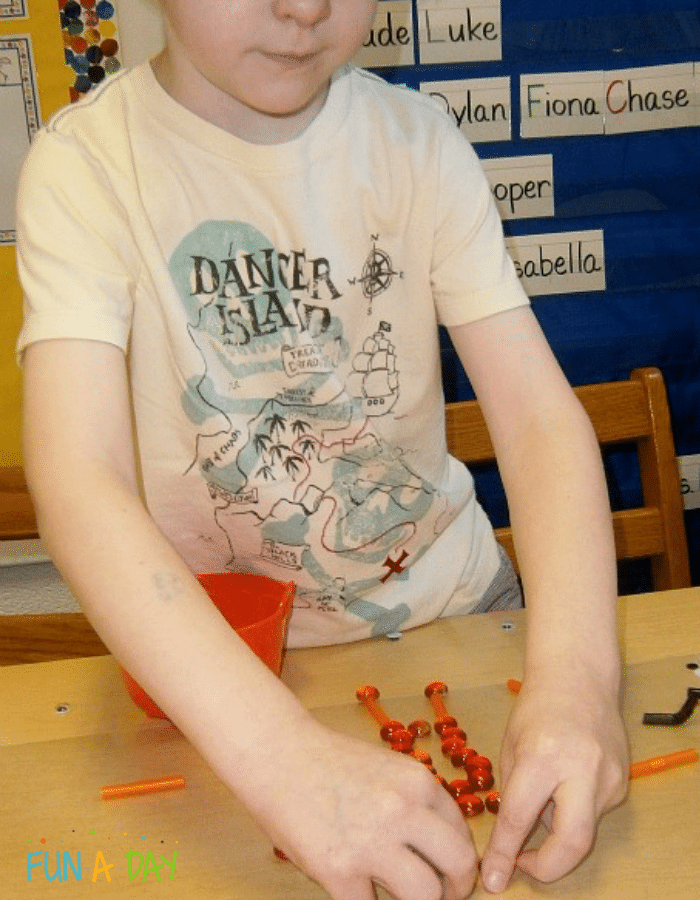
Related: Halloween Contact Paper Art
Keep in mind that process art for kids, like any childhood activity, can get messy.
Having a plan in place to deal with that mess is important.
- Access to a water source (a sink or a hose) is preferable.
- Baby wipes work in a pinch if you’re not right by a sink.
- Consider something to protect the children’s clothing (a smock), if needed.
- Don’t forget about keeping the mess off of the floor if that’s a cause for concern (use a tarp, towel, or tablecloth).
- Having a place to dry artwork is also important (a drying rack or level shelf).
If the activity might get messy, accept that messiness is part of the process!
More Information About Process Art for Kids
Here are a few more articles to read if you’re as interested in process-based art as I am!
What Do You Wish You Had Known about Making Art with Children? from Tinkerlab
Art for Kids – It’s No Mess from Meri Cherry
It’s the Process Not the Product! from Ooey Gooey
How Process-Focused Art Experiences Support Preschoolers from NAEYC
Print Resources to Check Out
If you’d rather explore more of the concept using printed resources, I have a few suggestions for you!
Time to Create: Hands-On Explorations by Christie Burnett
It’s the Process, Not the Product by MaryAnn F. Kohl
Art Lab for Little Kids by Susan Schwake
Busy Little Hands: Art Play! by Meredith Donnelly
Process Art Materials
The great thing about process art is that it really doesn’t matter what materials you use to create art. What matters is the process of creating it! Personally, I like to include a combination of familiar and novel materials when presenting the students with an opportunity for process art.
If you’re looking for some ideas for materials to use, I’ve got you covered. Here are my suggestions (I may get commissions for purchases made through links in this post):
- Colored sand
- Assorted tissue paper
- Liquid droppers
- Washable paint
- Liquid watercolors
- Chalk
- Assorted cookie cutters
- Feathers
- Gathered natural materials
This is one list of materials that can seriously be endless. The key is to set out the materials and let the children decide on their own, individual, artistic processes. Do you have a favorite material to let the students explore through process art? Let me know in the comments below!
Learn More About Process Art
I’ve set up a free 5-day email series that walks you through process art and how to (easily!) use it with young children. You can sign up below:
If you can’t see the above form, click here to join the process art email series.
Resources for Preschool Teachers
Let Preschool Teacher 101 make your teaching life so much easier! You’ll find hundreds of preschool resources, and there are even membership options available.
Click on the images below for more information about each resource:
Originally published March 26, 2014
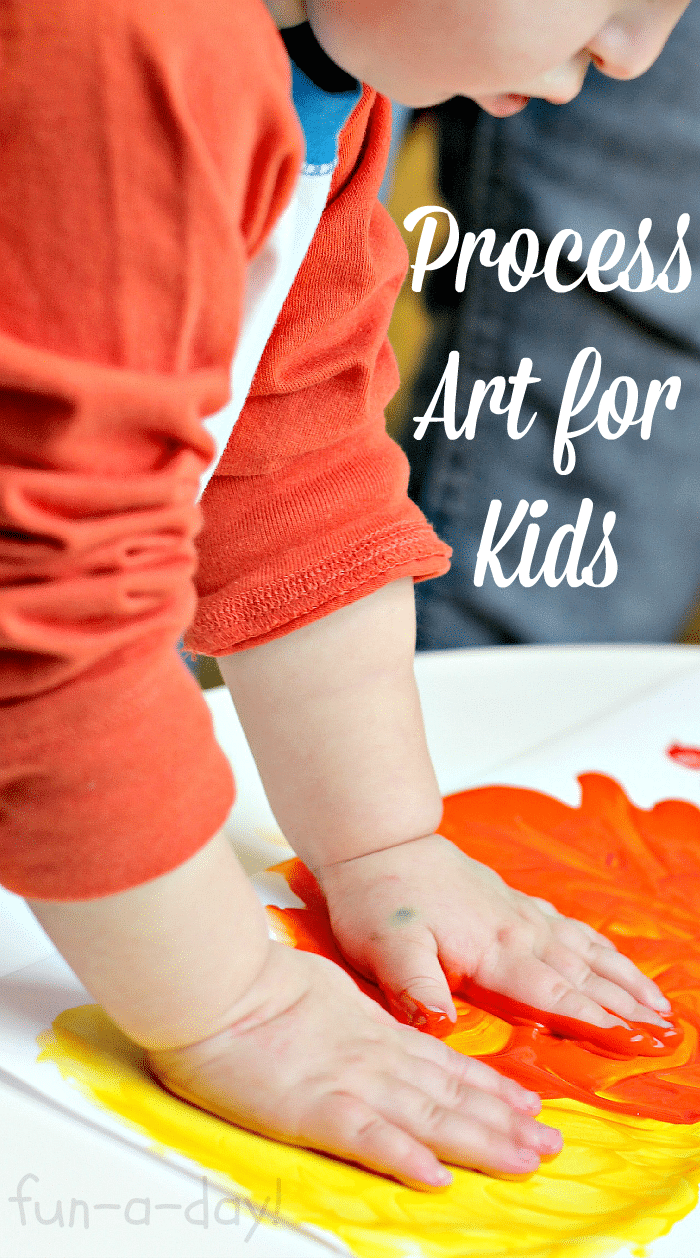
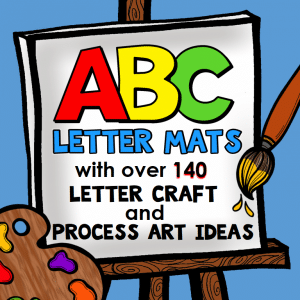
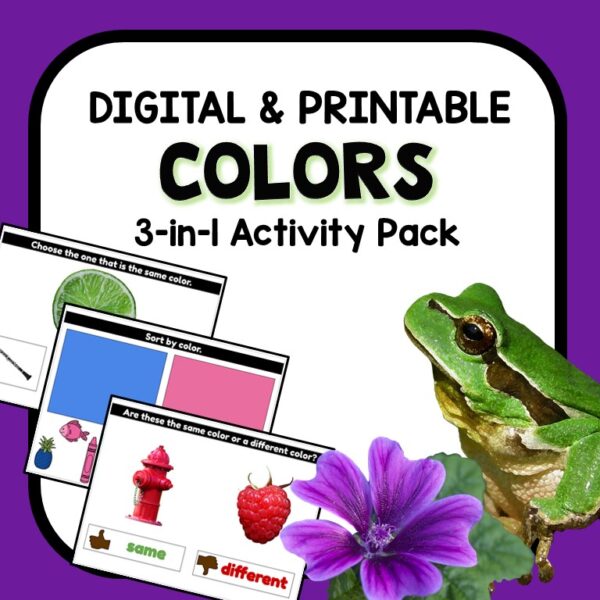
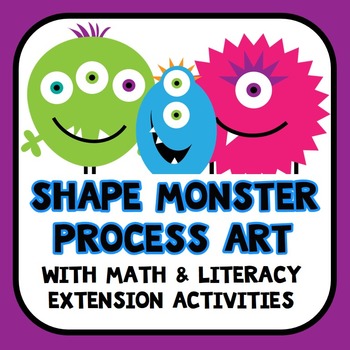
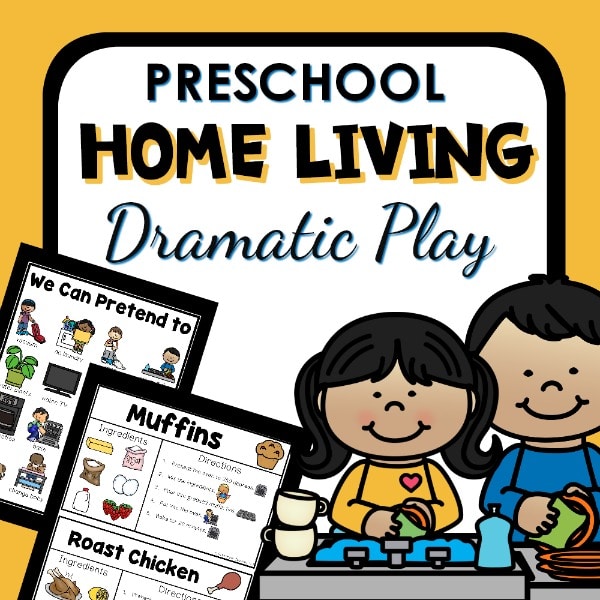
This post is FAB. Thank you so much for including my Art and Language post in your recommendations, too! I’ll be sharing this everywhere and sending it to my kiddos’ co-op teachers, too!
Thank you!!!! 🙂 You know I think you’re pretty awesome — plus, your art and language posts illustrates how art can help kiddos in so many ways!
What a great post! Thank you so much for including my process art post. We are huge advocates of process art at my house. So happy to see others spreading the word. This is really really great! Thanks again!
I think your post really showed how kids of different ages can appreciate art, and I just love your site overall. You’re so inspirational! Thanks for the kind words. 🙂
What a great post! I miss the days of setting out the supplies and letting the kids make whatever they want. We used to do this all the time….but now, sadly, my kids will regurgitate the same flowers and penguins if I don’t give them more instructions. There does come an age, about 7 or 8, when they start to get stuck in a rut. And at about this age they also start to judge their work more closely (i.e. crying that it doesn’t look good). But this post has renewed my will to give it a try again. Maybe I will put out supplies but with an added prompt. Sort of guide them in a general direction but without rigid constraints. Thanks so much for re-energizing this disheartened mom! xo bar
Oh I’m so excited that you left me a message . . . I adore reading about what you’ve been up to at Art Bar! My son is almost 7, and I’ve seen him judge his art a bit too harshly too! It’s good to know that he’s not the only kiddo who struggles with this. I try my best to ask him questions about the colors he’s used, the techniques he’s used, etc. — that seems to help him when he’s focusing on what he thinks “doesn’t look good”. I also think that kiddos sometimes need that little push with an art prompt. Sometimes having so many supplies overwhelms them, in my opinion. Thanks so much for stopping by and leaving kind words for me!!! 🙂
LOOOOOVE this post, Mary Catherine! This is just what I needed. I am trying to figure out how to do more process art. I like crafts, and so do my kids, but I know it’s important to do as much (more!) process art. I have to keep thinking it out. Thanks for helping me!
Anna, thank you so much!! We like crafts at my house, and in preschool too, but I’ve tried to make them more process-oriented. This seems to work as a happy medium for us. I hope you found some ideas here!! 🙂 Thanks, as always, for your kind words.
Thanks for this! I spotted it on Pinterest and now I know I’m not strange. I was just telling my husband, the other day, that I like the kids to just create– without being constrained by an end result. Now I know what to call this idea!
Oh, Kay, I don’t think you’re strange at all! Isn’t it nice to have a label for something you’ve already been doing?? I hope you have some information about why process-based art is so good for the kiddos. 🙂 Thanks so much for stopping in and leaving me a note — made my day!
Thank you for the informative post. I am such a traditionalist when it comes to art, so I found your information to be very helpful and look forward to implementing process art at home with the kids.
You mentioned art history as one of the ways process art can help children. I’d love for you to expand upon that point.
Thanks again!
Kristen, thanks so much for stopping by. I’m glad you’re taking some ideas away from this post! 🙂 I definitely want to delve into some of the specifics I mentioned — like art history, literacy, etc. One idea is to choose a focus artist for an activity. You can read about the artist, look at pictures of his/her work, etc. Then teach the children some of the techniques that artist used. After that, provide the kiddos with some art materials like what the artist used and let them explore the artists’ techniques. I’d love to hear your thoughts on this!
Great post, Mary Catherine! I love that picture of the little guy hanging over the ledge to draw on the cardboard! My son, at 3.5, is very much into process art. I get a lot of enjoyment watching him create. All the imagination, problem solving, and storytelling that goes on is just fascinating. I do know children however that respond much more to crafts, in that they like to create with an end goal in mind. While I am a huge advocate of process art, I appreciate that you didn’t completely disregard crafts and the benefits of doing them. The caterpillar craft you talked about is a perfect example of how to marry the two approaches.
Looking forward to reading the resources you included. 🙂
Thank you, Ann!!! 🙂 That picture makes me laugh every time! I loved seeing him try the activity out from a different angle! I agree with your comment on different children being interested in different things. Some have an end goal, while others just want to enjoy the experience. I didn’t want to disregard crafts at all, as they really do have a place in learning and creating. I just focus on process-based crafts as much as I can when we delve into crafts. Thanks so much for your kind words . . . as always!!
I love this! It seems like there is a big focus on cute preschool crafts, but little kids need the opportunity to explore and create art on their own terms. The process of creating is important and fun…even if the product doesn’t turn out to be Pinterest-worthy. 🙂
All of my daughter’s art is still process art. She enjoys it so who am I to say she should do it differently? Thanks for reminding me all she’s getting out of doing it her own way! 🙂
I just love watching my son and my students as they create their own art! Thanks, as always, for your kind words Emma.
I love this! I used to teach elementary art, and those moments where the kid sat their in front of a blank paper in fear were the worst. I always encouraged them to slap some paint down, rip their paper in two, or something to free their mind and just have fun with it! I know a teacher is doing it right when all of the art projects look different. The messier, the better!
I just found your blog. Love your site!
Thanks so much, Cindy! I am always amazed at what the children can create when encouraged to get into art. 🙂
I am such a believer in process over product. I want it to be “their ” artwork NOT MINE. Unfortunately, many teachers are only interested in what looks cute to show the parents and they actually “correct” their student’s work. Great article
Thanks so much, Marilyn! I loooooove seeing all the amazing artwork kiddos can create!
Thank you a million times for your post. It’s interesting to me, that when I first starting coining a phrase for exploratory art as “process art”, I had no idea it would become a movement. I’m so thrilled.. And you have NAILED IT!! We are all a team for the benefit of kids and their worth.
MaryAnn, you are so awesome for taking a moment to leave such kind words! Thank you. 🙂 You have definitely inspired so many educators and parents to let kiddos explore their own creativity.
Wow, Mary Catherine – you basically got MaryAnn Kohl’s autograph here!! I was so excited when I read her post. 🙂
I loved your article, too, by the way! The thing I love best about that photograph of the boy leaning over the wall to draw on the cardboard is that it looks like he’s using a PERMANENT MARKER!
We use colored Sharpies occasionally in my preschool class, when the materials we’re working with won’t hold washable ink. Most of the children are excited to use them; a few are a bit afraid to break their parents’ rule about never using permanent markers (I can only imagine the orange streaks on the beige sofa, the purple scribbles on the wall or the green mustache on the baby that led to this kind of edict!). We talk about using the markers carefully, and only on the art materials –not on people, furniture or walls–and not at home, since that is the rule there. They end up having a lot of fun and are filled with pride at having used such grown-up materials.
I definitely squealed when I read her response, Chris! She is such a wonderful person, in general, too. 🙂 YES, he is indeed using a permanent marker. I’ve mostly worked with kindergarten and pre-k kids, so they’ve all been in the 4 to 6 year old range. And man do they LOVE using permanent markers. Like you, I make sure we review the rules about using them (and I always stress that my rules are for the classroom and their parents’ rules must be listened to at home). In all the years I’ve allowed their use, I’ve never once had an issue with a child using them inappropriately. There have been the occasional accident when the paper is missed a small line gets on the table – but I do that myself. And like you said, the kids feel so important to be entrusted with grown-up materials.
Hello – I’ve just discovered you. I’m a total child at heart but I’m no child – I do Adult sometimes.Almost 80 years old. Read above info and an light went on. Recently I was diagnosed with 2 Brain Diseases – onset Vascular Dementia. Being an artist I decided that I was going to record my journey through this process. I.e. an Artist’s Journey Living with Dementia. Things are going along fine – amazing actually. Problem is as a child I was taught to focus on the goal and not on the process….. Yesterday I realized that I’m still that way…..because I got discouraged with not knowing where the process that’s happening is going. All intuitive – crazy drawings coming up +++++. Reading this info from you today, gobsmacked because it brought home the point of it all being abouT PROCESS and not the DESTINATION. Going to walk through this awareness – work on it and forge ahead. Thanks so very much. This new grounded thinking is going to change my life. I love that Process Art is happening with children early on in life – what a beautiful gift. Creatively yours….Carol
Carol, thank you so very much for sharing your thoughts with me! I honestly have goose bumps after reading that my words helped ease your discouragement. YES, creativity is definitely about the process and not the destination. I know I let myself get sidetracked about that too, sometimes. So your words will help me when I get stuck!!!